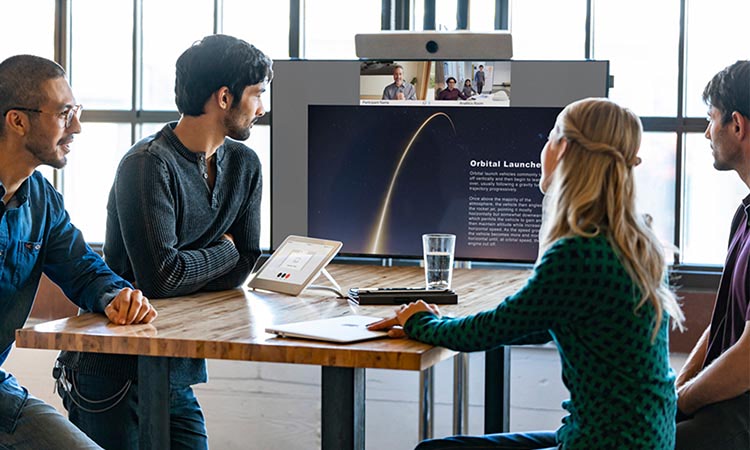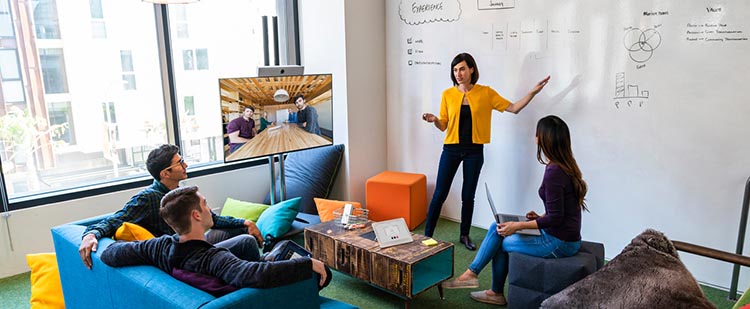The Digital Future of Further Education #Ed4_0

FE (further education) has never been more important or more relevant, an intuitive, digital future can help ensure its ongoing success.
Most of us will know someone who has been through the FE system. It offers a wide variety of learning opportunities, from traditionally academic to professional and technical subjects.
It’s easy to take FE for granted, but from workplace preparation to providing a route to higher education or a new career, it serves a vital purpose in creating a skilled and competent workforce.
It also aids social mobility by offering education opportunities to millions of people with a variety of abilities and backgrounds. This in turn benefits both local communities and the wider economy.
Financial Challenges

FE system to deliver government reforms in the absence of additional funding.
FE faces many challenges. It has suffered from larger budget cuts (8% cut in real terms since 2010/11)
than other areas of the education sector alongside rising costs, low pay, teaching shortages, and Department for Education reforms. These difficulties have contributed to cause institution closures, job cuts, mergers, and reduced pastoral care, when the basic rate of funding for each student is only £4,000, compared to university tuition fees which can be as high as £9,250.
Enter the intuitive campus

As the post-16 population increases, FE colleges will become more important than ever. In such challenging circumstances, how can they sustain and improve their vital education provision?
Let’s start by considering how we interact with the world around us. Technology and connectivity have resulted in rapid change over a relatively short space of time.
Practically all of us are now online, whether at home or work, and able to consume information through a variety of channels.
We regularly use smart phones and other devices to access streaming services, social media platforms, and online shopping.
Students and college staff are no exception, so it makes sense to evolve FE in a way that reflects our everyday lives, creating an intuitive, integrated campus.
The 5 Pillars for creating an intuitive, integrated campus

An integrated, intuitive campus, built on real-life applications which can transform the student experience is built around 5 pillars:
- Living
- Enriching all of the constituent’s experience
- Supporting student well being
- Making life on campus effortless
- Education
- Promote active and life-long learning
- Improve collaboration
- Campus Economy
- Supporting new revenue streams
- Fuel innovate research
- Streamline administration
- Improve operation efficiency
- Security
- Facilitate safety and security
- Protect Reputation and funding
- Environment
- Improve building efficiency
- Allow agile working and study
The intuitive campus uses pre-existing technology to take data from multiple, previously disconnected sources, and gives students access to bespoke, real-time information e.g. finding the right lecture room, or knowing whether the library is crowded. The intuitive campus helps minimise friction in students’ lives, from enrolment to final exams.
The intuitive campus also offers new ways of learning and teaching, with multiple streams of personalised course materials available across physical and digital formats. It supports distance and virtual learning, as well as supporting traditional methods for a blended learning experience. Importantly, it also makes FE study more accessible, regardless of where people live or their ability to travel.
A digital revolution for further education
I spend a lot of my time engaging with college executive teams, exploring how students can use their time on campus most effectively. The focus is on removing geographical boundaries and creating personalised and enriching experiences.

I recently attended one of the industries flagship technology Innovation conferences in Barcelona, where some really ground breaking, innovative solutions and proof of concept initiatives were showcased. An example is the ability to improve safety on campus by using cameras, AI, and analytics to track individuals coming on and off campus.
The intuitive campus doesn’t just benefit students. It also creates a better working environment and enhances productivity, which in turn attracts the very best teaching and support staff. It can also reduce costs across the organisation by revolutionising estates management and using space more effectively. Speaking of costs, a great student experience can also boost enrolment, attainment, and retention rates, leading to increased student numbers and a boost to finances.
The need for collaboration continues to grow as more college mergers and acquisitions result in large, multi-site campuses. The intuitive campus can also help FE demonstrate its commitment to innovation and digital excellence, deservedly enhancing its reputation.
Ben Pammenter, Education Sector Lead, ITGL
In my next article, I’ll be discussing specific scenarios of how the Intuitive Campus can transform the student experience, and the importance of a Technology Partner Ecosystem that powers this concept.
About ITGL: We recognise the unique role that FE plays in education, and the difficulties being faced in the current financial landscape. ITGL is supporting FE institutions with cost effective services so that they can continue in what they do best: teaching, training, and nurturing.











Responses